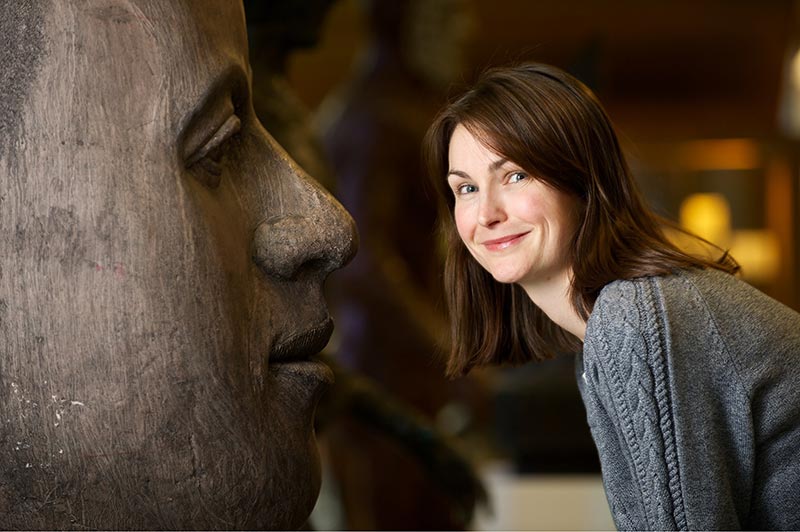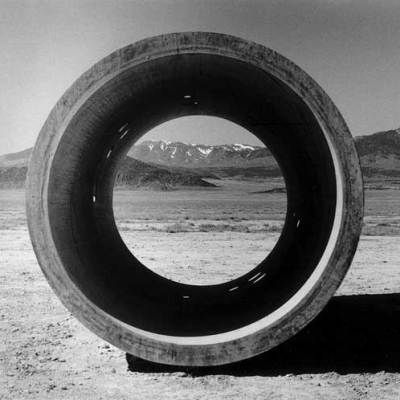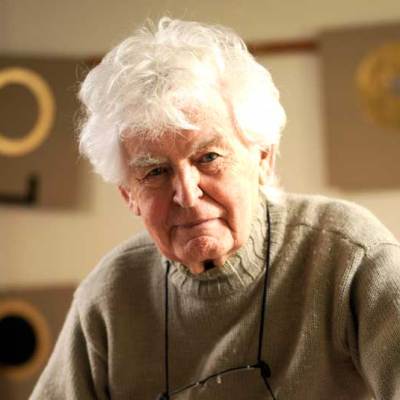Can you tell us a bit about The Ingram Collection?
The Ingram Collection is acknowledged to be one of the best private collections of modern British art in the world. It belongs to Chris Ingram, a media entrepreneur, who started collecting in 2002. The collection comprises over 500 works of art, of which 350 are by the most significant and important artists of the modern British era – such as Barbara Hepworth, Edward Burra, Elisabeth Frink, Lynn Chadwick and Eduardo Paolozzi. Items from the collection are regularly requested for national and international museum and gallery shows.
What’s the relationship between the collection and Lightbox? How does it relate to and engage with the local area?
Chris is passionate about ‘giving back’ and his collection is currently on loan to the Art Fund prize winning art gallery and museum, The Lightbox, which is in his hometown of Woking, Surrey. The Lightbox is a public gallery which uses works from The Ingram Collection to run unique educational activities for local schools. In addition, Chris believes that access to art can improve outcomes for disadvantaged groups and his collection inspires transformative outreach projects for adults with learning difficulties, for those struggling with mental health issues and for restorative work with prisoners.
How did you come to curate The Ingram Collection?
Having worked in the field of modern British art for over 13 years (most recently as a Director of Christie’s UK) I was well aware of Chris Ingram and the collection. When I heard he was looking for a curator I leapt at the opportunity. Stephen Deuchar, the director of the Art Fund, has described Chris as ‘one of the most active and thoughtful collectors of modern British art today’, and I enjoy curating such a vibrant and unique collection.
Click here for more Small Wonders…
What are the greatest challenges of developing and displaying it?
Because The Ingram Collection is a private collection it has huge variety in terms of subject matter, style and date. It’s fun to go into the storage rooms and see a Barbara Hepworth sculpture conceived in 1939 sitting alongside a work purchased from a 2013 Technical Arts degree show at the University of Arts, London. The challenge is to keep the collection alive – Chris is keen for it not to be set in aspic – whilst also staying true to the superb modern British works which form the bulk of the collection. Although it is his private collection, Chris does not want it kept under wraps – he wants others to enjoy the art created in Britain during the 20th and 21st centuries, so we are working to introduce it to the wider public.
What is your personal highlight?
At the moment I’d say it is a work we purchased recently by the sculptor Geoffrey Clarke called Square World I–V, a unique series of five reliefs. It is among the earliest examples of Clarke’s work in aluminium, and as such marks a key development in 20th-century British sculpture. It is a bridge from the ‘Geometry of Fear’ of the 1950s to a period of rapid change and expansion in British sculpture. The Square World series shows British modernism at its most creative and influential. That the sculptors of post-war Britain laid the foundation for further innovation and development in successive generations of British sculptors is clear from this piece.
What does the future hold for The Ingram Collection?
Supporting young talent is particularly important for Chris. He is on the Vice Chancellor’s Advisory Board at the University of Arts, London and is a regular visitor to graduate arts shows. So look out for more contemporary art in the collection. We are also looking at new and innovative ways of displaying the collection, particularly in London. A recent article in Apollo commented that private collections have ‘rarity, uniqueness, spirit and soul’ and that makes them very special indeed. We are passionate about bringing the Ingram Collection to a wider audience
The Ingram Collection is at the Lightbox, Woking.




